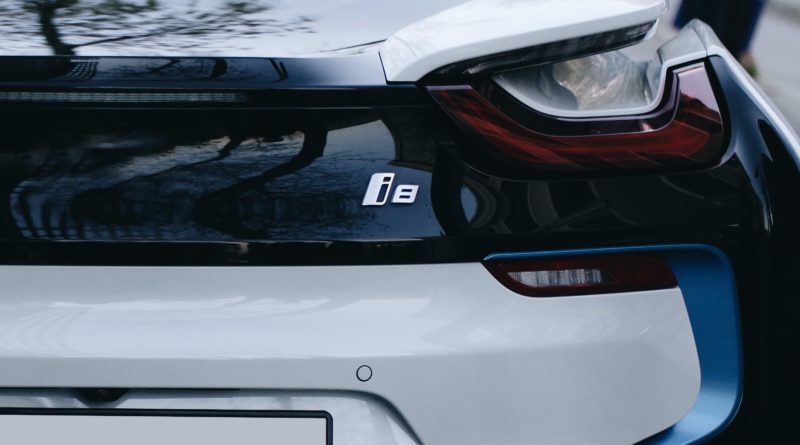How Electric Cars Work From Top to Bottom
Electric cars have a huge list of advantages and benefits to the people that use them as their everyday vehicles, and that list is growing day after day. What’s even more spectacular, however, is the science that goes on behind the scenes in how electric cars actually work, and why it’s so much better than it typically gets credit for. Don’t get us wrong though; like all cars, the theory of propulsion is the same. You’re still creating a force to move you and the car forwards. What’s different however is the way that the force is created, and how it all happens so effectively. Winter range problems.
Let’s take a look.
How Electric Cars Move
No matter what kind of vehicle you’re looking at, a great starting point is always with the driving force. Whether that’s a v12 performance engine in the newest Lamborghini or an electric motor in the incredibly revolutionised Tesla, or even a hybrid vehicle that has the best of both worlds, there’s a driving force behind it. There’s something in place that is creating the push force that you need to be able to move. When we’re looking at how electric cars work, that’s a little bit different than we’re used to.
Electric Motor
The biggest player here is the motor that is powering the vehicle. This is essentially the new wave engine for the electric vehicle. Instead of relying on burning fuel (which we’ll get onto), we instead use electrical power to run a motor. This whole thing is done by using electricity creating energy that can turn the drive shaft of your car. It’s incredible and has 90% fewer moving parts than a typical car. In fact, electric cars can use AC or DC motors too. If the motor is a DC motor, then it may run on anything from 96 to 192 volts. If it is an AC motor, then it probably is a three-phase AC motor, that is running at 240 volts AC with a 300 volt battery pack.
Invertors and Convertors
As well as the engine being totally different in an electric car, so is the “alternator” that goes in there too. When an electric car is being used, an alternating current, or AC, is what we need from the battery. This is a much more intense power than it’s alternative DC, even though that’s how it is stored in the battery. That’s why in an electric car, the invertor makes the current AC from the DC we put in it with a converter. When we create this AC current with the inverter and convert it with the convertor to where we need it, this feeds into the traction motor and gets us moving.
How Electric Cars are Powered
How the motor works is only the tip of the iceberg when we’re talking about electric cars. All cars have motors in them after all to create their drive. The real magic with electric cars is in the name itself; the electric. It’s actually used in like fossil fuels are with mpg, but instead, with kilowatts per hour. That is, how much energy your vehicle uses in an hour. The fuel that the cars use is what is completely revolutionary about these vehicles, and how they do it is the beauty of the machines. how much range you really need.
Storing Electricity
The biggest way that electric cars have to adapt to use electricity in the first place is by storing it. All cars have electrical features in them after all, that’s how they even start in the first place. Unlike normal cars, however, electric cars actually have another battery in addition to this auxiliary battery too. They have a traction battery, which is where the energy is stored to run the motor and create the force, we need to move.
Recharging
Another huge part of how electric cars can work at all is how you can get the electricity safely and accessibly stored in them. To do that, we need to look at plug in charging. By connecting your car to a mains power supply, you’re allowing your batteries to hold more energy in the easiest way possible. That results in an AC coming from the battery when we use it, and takes us back to the alternator.
Getting a home charger is one of the most common ways to go about it, as well as using charge stations out on the open road. It all provides power for you to harness and turn into mechanical energy from your motor. See also operation of hybrids and plugin hybrids.
How It’s Changing the World
In a nutshell, that’s the story we need to know. Electric cars store energy in huge HV batteries. These batteries have their energy converted into a more easily harnessed energy, and that goes straight to the motor. The motor then creates mechanical energy from this electrical energy, turning the driveshaft and creating the force we need to move in an instant. That’s why these cars accelerate so rapidly and silently too. See also how mild hybrids work.
Like with any vehicle article, there’s always a huge amount of work going on behind the scenes also. There are features in place designed to help you make the most of everything you’re doing. Regulators to monitor what you’re doing, onboard rechargers to help keep things running, cooling systems, computers… the list is endless. Planning to buy electric car.
All of it goes toward helping make the world a greener (and cheaper to run) place so it’s always worth looking into where it can fit into everyday life. Whatever you choose to do, buy safely, and drive even safer. Happy Driving!
Buying a used VW. Buying used vauxhall, BMW, Jaguar, Ford, Volvo, Range rover, Bentley, Aston Martin, Porsche, Ferrari, Lamborghini, Maserati, Hyundai, Tesla

